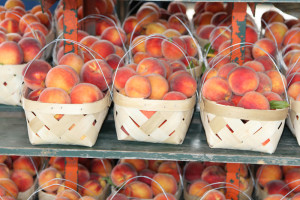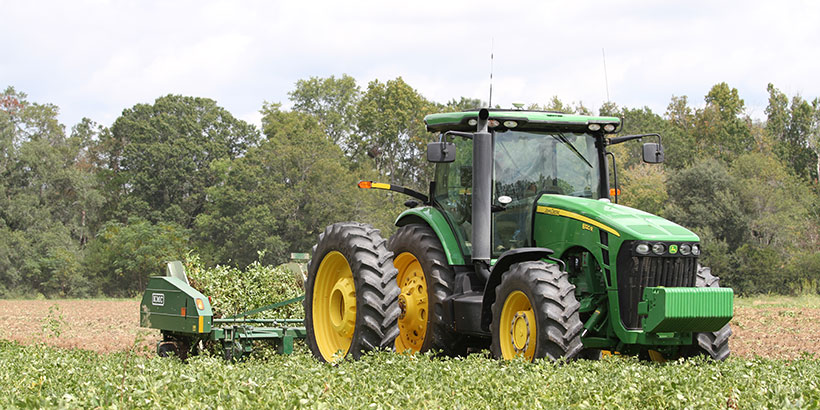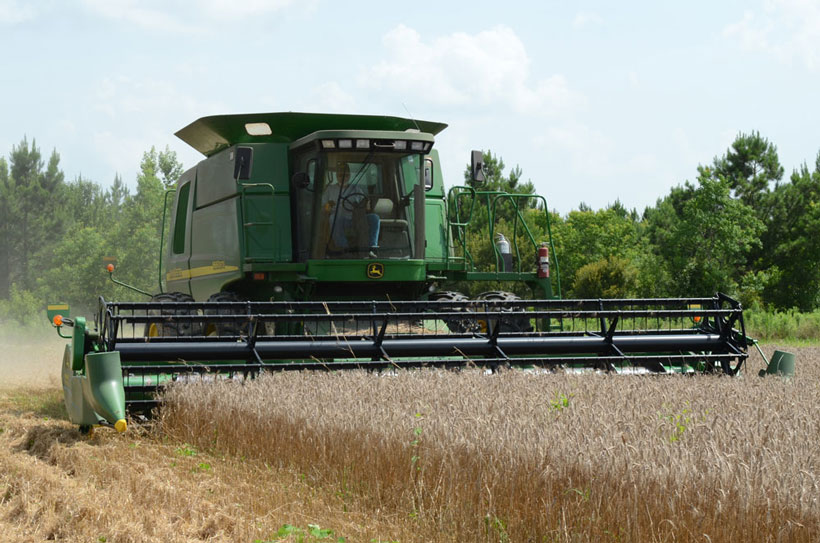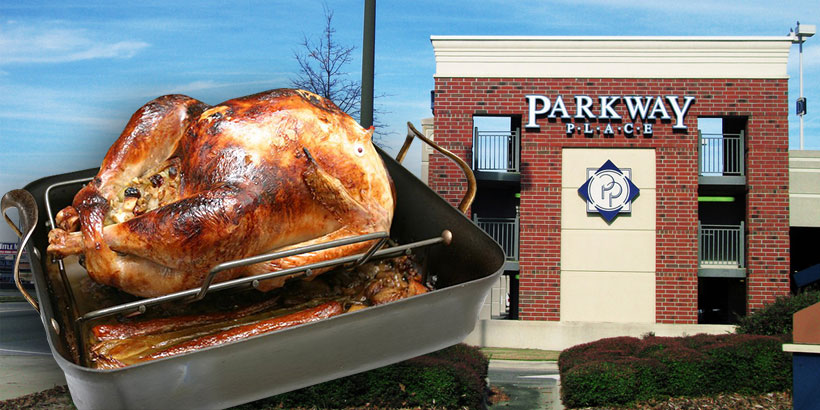Alabama’s agriculture industry leaders are exploring new methods and markets to extend the reach of the state’s farmers.
Agriculture, forestry and related industries have a $70.4 billion economic impact in Alabama and are responsible for more than 580,000 jobs. Products from farms and forests represent key categories in Accelerate Alabama, the state’s strategic development growth plan.
Representatives of the Alabama Farmers Federation, who are looking to build on that substantial economic impact, recently returned from a conference in California with promising leads for fruit and vegetable growers, said Brian Hardin, director of governmental and agricultural programs for Alfa.

Fruit and vegetable production in the state is now largely limited to a fresh market, with produce being sold in its raw form through local farmers markets. Sometimes, the produce is under-utilized, because of blemishes that don’t affect taste or quality.
“It’s just as good, it just may not look as pretty,” Hardin said.
Alfa, along with the Alabama Cooperative Extension System, is exploring how farmers can add value to their crops through additional processing. That could happen through more supplier relationships with companies that make sauces, jams and other foods or through their own equipment that would extend the shelf life of the produce.
For example, if farmers can dehydrate part of their fruit crops and sell them in that form, they can make money well past the growing season.
“It extends the time that someone can purchase that product, and a longer shelf life means a more reliable income for the farmer,” Hardin said.
The hope is to capitalize on the popular “know your farmer” movement, which is being seen across grocery store aisles. Consumers are increasingly interested in the source of what they’re eating, whether it be a single tomato or a jar of tomato sauce.
“We’re on the cusp of this,” Hardin continued. “We’re a young state in looking at these opportunities and pushing them out to farmers. We don’t have the volume of Florida or California, and we have limitations on the growing season and humidity to deal with. But there are many opportunities in people being connected with their food, and we’re looking at providing more of them for farmers in the state.”
GROWING INVESTMENT
Meanwhile, the No. 1 sector in the Alabama agriculture industry is flourishing.
Poultry, which has a $15 billion economic impact and supports more than 86,000 jobs, is growing across the state.
Last year, the sector added 615 new or expanded poultry houses, for a combined construction investment of $296 million. That’s up from 129 new or expanded facilities and a $30 million investment in 2010, with the numbers increasing gradually each year.
The poultry industry’s growth is particularly strong in Decatur, Gadsden, other part of eastern Alabama and the Wiregrass, Hardin said, and there is room for more.
“We would like to see more growth in West Alabama,” he said.

Elsewhere, Alabama’s forestry industry is poised for a comeback, as the U.S. housing market last year registered its best year since 2007.
Home construction is a major driver of the forestry industry in the state.
2016 started off slow, with new home sales dropping 9 percent in January. But relatively low interest rates and ongoing job creation point to an optimistic outlook, the National Association of Homebuilders says.
“After an unusually high December reading, some pullback is to be expected,” said Ed Brady, an Illinois developer and homebuilder who serves as NAHB chairman. “On the positive side, builders are adding inventory in anticipation of future business.”
ECONOMIC IMPACT
The latest analysis of Alabama’s agriculture, forestry and related industries – showing the $70.4 billion economic impact – was released in 2013 and based on 2010 data.
Top sectors are timber production and processing, $21.4 billion; poultry and egg, $15.1 billion; soybean, corn and wheat, $576.5 million; greenhouse, nursery and floriculture, $561.6 million; beef, $524.5 million; cotton, $290.1 million; peanuts, $211.4 million; and catfish, $158.2 million.
New economic impact numbers are expected to be released later this year.














